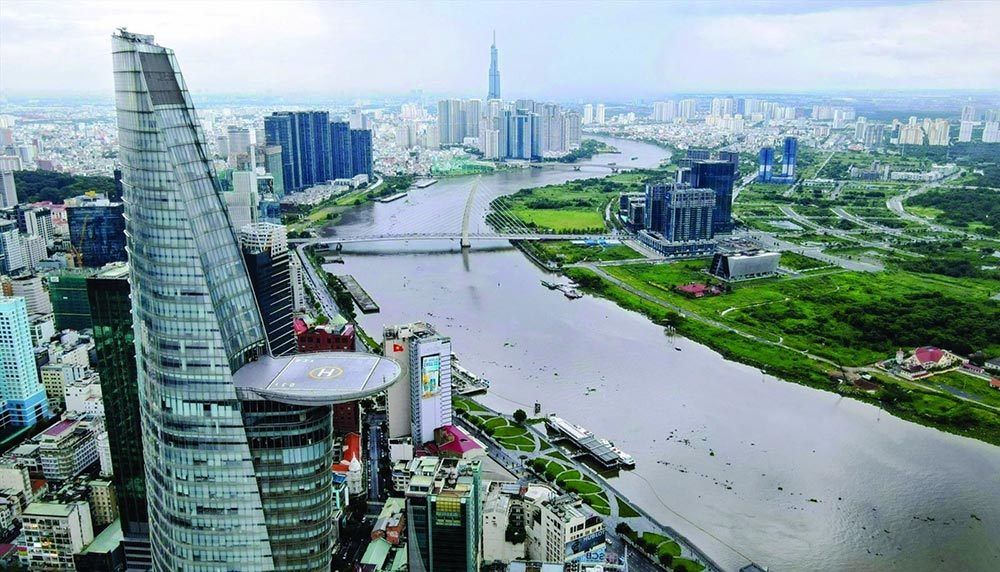
Ho Chi Minh City tourism changes after merger. Photo: Anh Tu
Special economic - tourism space
A representative of the Ho Chi Minh City Department of Tourism said that after officially merging with other localities, the new Ho Chi Minh City will not only increase in area and population, but also create a special economic-tourism space, converging all the elements including modern urban areas, advanced industry, resort islands and traditional culture.
This is the time when Ho Chi Minh City is facing a golden opportunity to restructure the tourism industry, shifting from separate regional development to an integrated - multi-center - sustainable model.
Within the new geographical scope, Ho Chi Minh City currently owns 681 resources that have the potential to become tourist destinations, with a widespread structure and clear zoning by nature, from urban, craft villages, industrial, riverside to island areas.
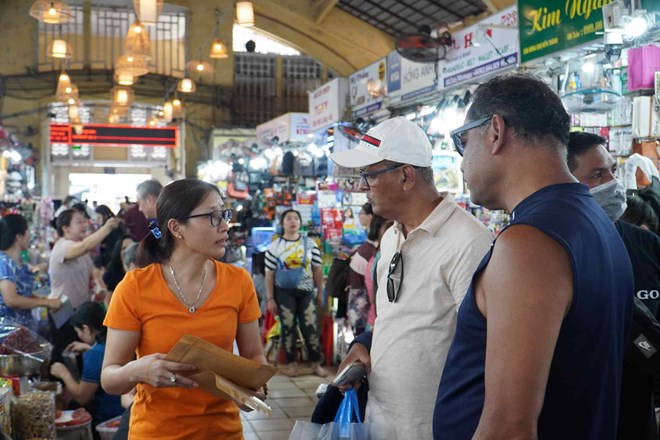
International visitors visit and shop at Ben Thanh market. Photo: Thanh Chan
The largest domestic tourism market in the country
According to the Ho Chi Minh City Department of Tourism, with a population of more than 14 million people, Ho Chi Minh City has become the largest domestic tourism market in the country, not only in terms of quantity but also in terms of demand differentiation.
Young workers have a high demand for short-term products, weekend getaways, and nightlife. Young families with small children often seek experiences close to nature, life skills education , visits to craft villages, farms, and museums.
Middle-aged and elderly groups prefer traditional cultural tours, coastal resorts or health tourism. Organizations, businesses and schools also create a stable demand for conference, academic, exhibition and thematic tourism products.
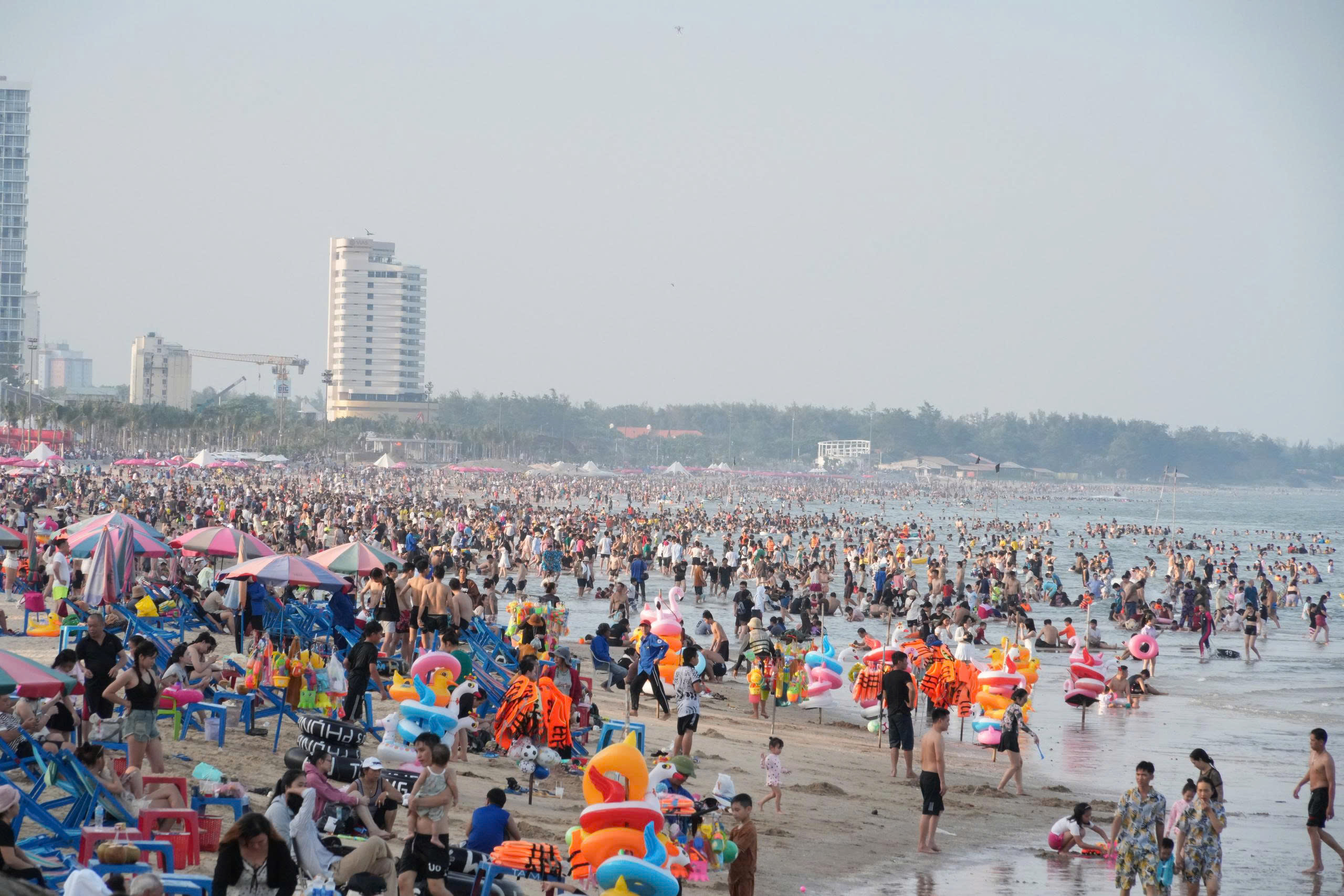
Ho Chi Minh City after the merger creates a special economic and tourism space. Photo: Thanh An
This is a source of domestic visitors with great purchasing power, regular demand and little seasonal fluctuation - an advantage that not every destination has.
Ho Chi Minh City also has outstanding advantages in terms of transport infrastructure and services. With nearly 93,000 accommodation rooms, Ho Chi Minh City is fully capable of receiving both large-scale domestic guests and high-class international guests.
The city's tourism industry is perfecting typical product groups, organized along the axis of linked experiences.
Highlights include the journey From the city along the river to the sea - connecting central urban spaces, riverside ecological areas and coastal resorts in a continuous route; the Sea Culture chain - repositioning coastal destinations associated with beliefs, heritage and ecology.
Specialized products such as cuisine, night tours, and craft villages are also being gradually developed to personalize the experience. In addition, major events are also being upgraded and repositioned such as the Ho Chi Minh City International Tourism Fair, City Tourism Week, Ho Chi Minh City River Festival, etc.
According to the Ho Chi Minh City Department of Tourism, the new Ho Chi Minh City with its diverse resources, large market, and complete infrastructure is facing the opportunity for strong transformation. From there, it will become a multi-center, modern, and sustainable tourism center of the country and the region.
Celebrating the 65th anniversary of the formation and development of Vietnam's tourism industry (July 9, 1960 - July 9, 2025), the Ho Chi Minh City Department of Tourism believes that this is an opportunity for the Ho Chi Minh City tourism industry to review lessons and look to the future.
By 2030, Ho Chi Minh City aims to become the leading tourist center in Southeast Asia, a classy and attractive tourist destination that not only attracts tourists but also inspires and motivates innovation for the Vietnamese tourism industry.
Laodong.vn
Source: https://laodong.vn/du-lich/tin-tuc/tphcm-co-khong-gian-du-lich-toan-dien-tu-pho-thi-ra-bien-sau-sap-nhap-1537612.html



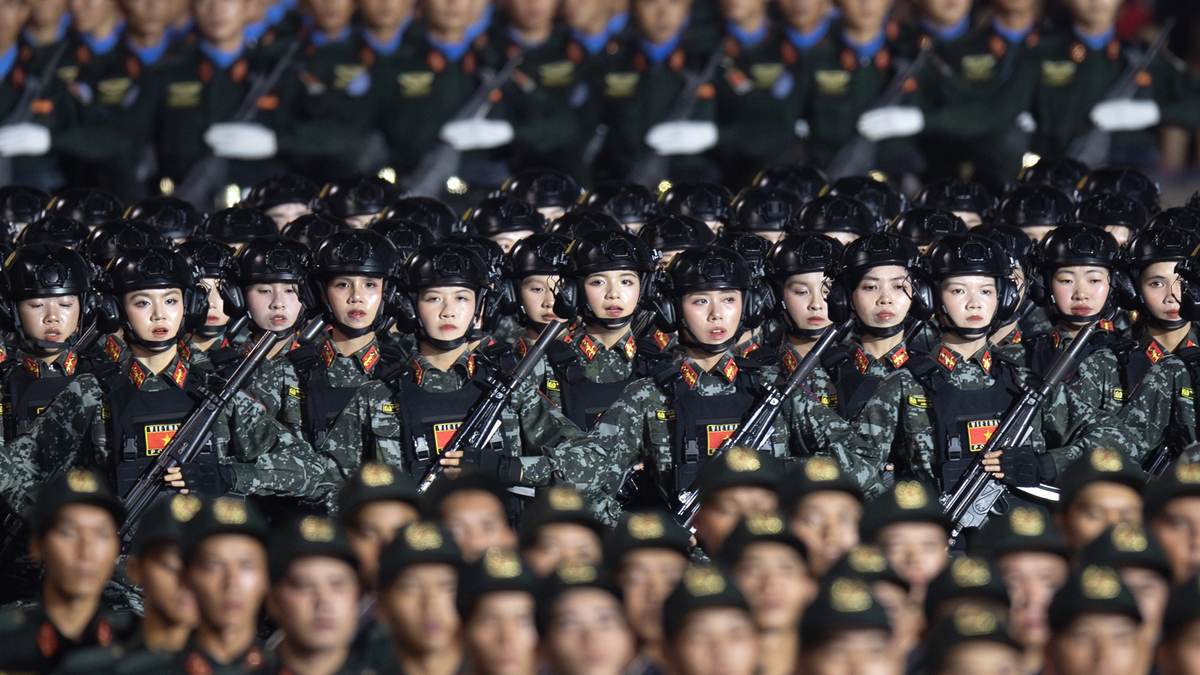
![[Photo] National Assembly Chairman Tran Thanh Man holds talks with New Zealand Parliament Chairman](https://vphoto.vietnam.vn/thumb/1200x675/vietnam/resource/IMAGE/2025/8/28/c90fcbe09a1d4a028b7623ae366b741d)
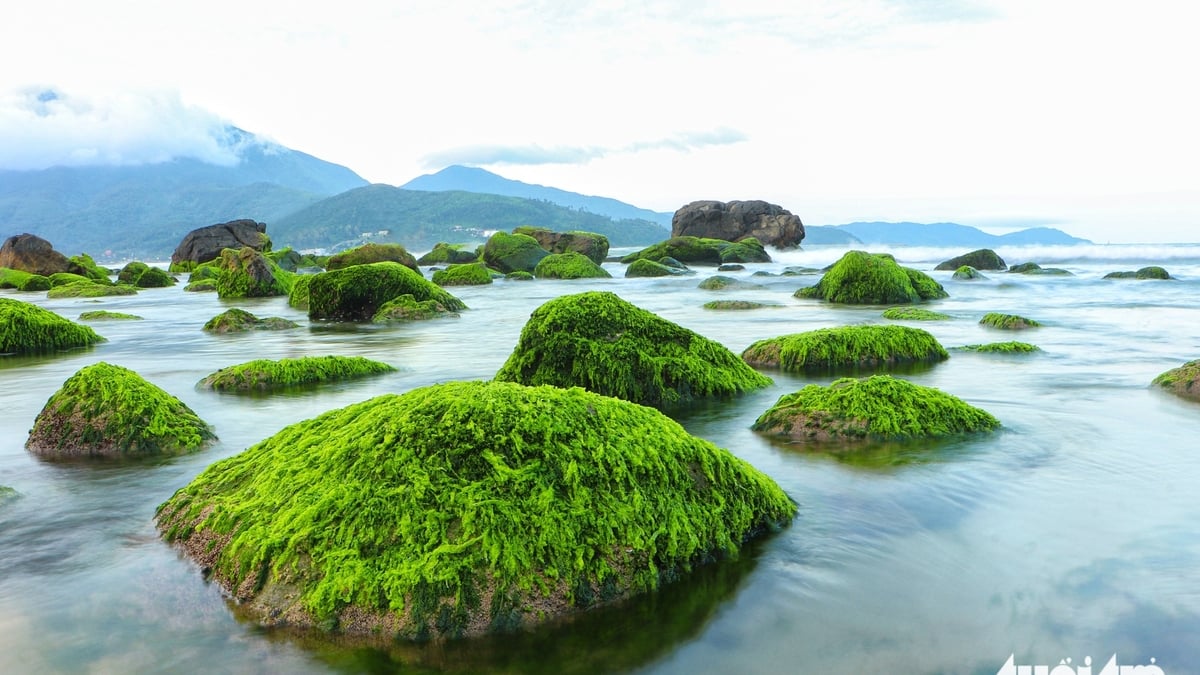
![[Photo] Images of the State-level preliminary rehearsal of the military parade at Ba Dinh Square](https://vphoto.vietnam.vn/thumb/1200x675/vietnam/resource/IMAGE/2025/8/27/807e4479c81f408ca16b916ba381b667)

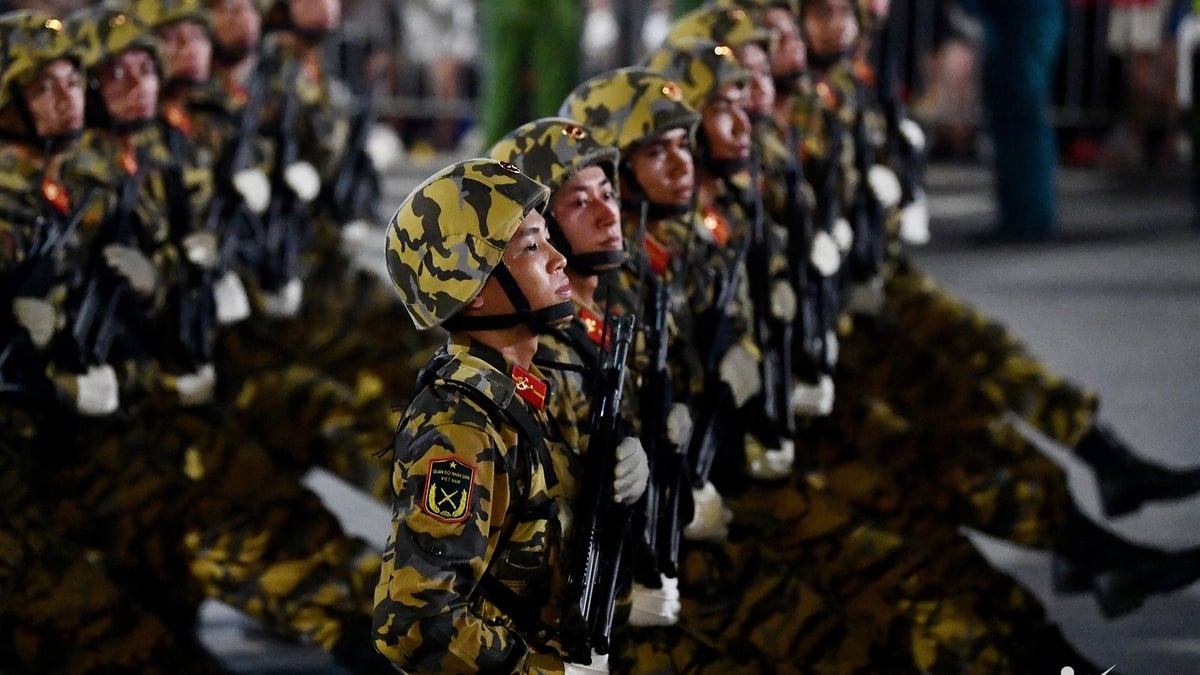


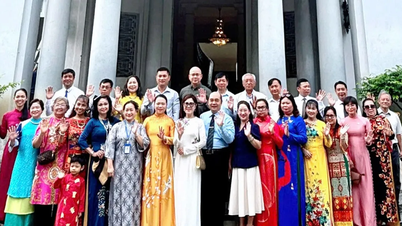

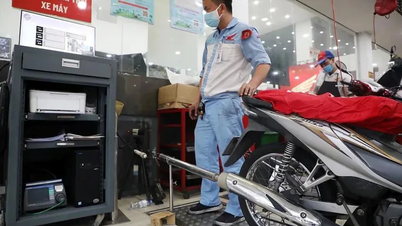
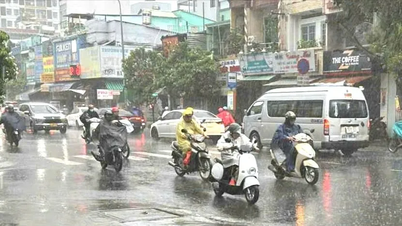
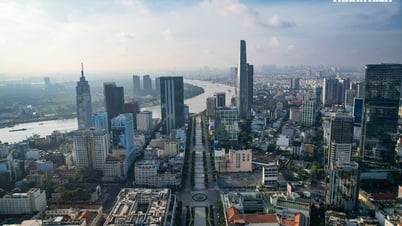

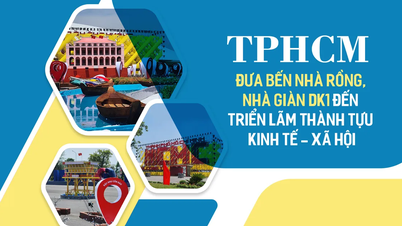
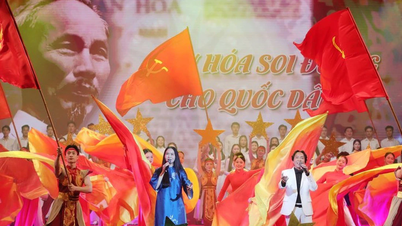

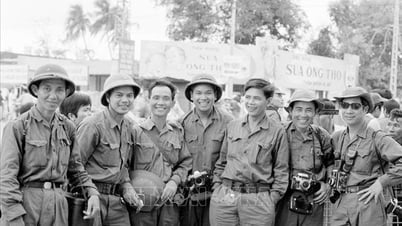












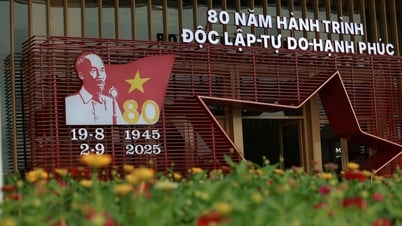
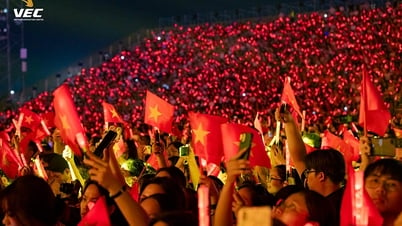

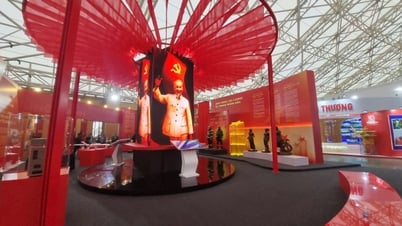

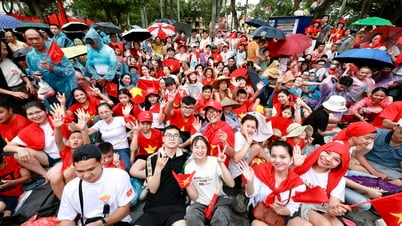

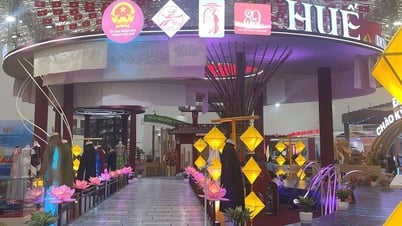

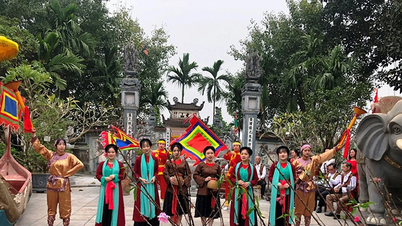

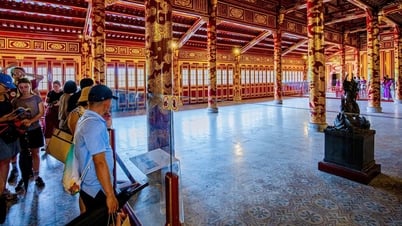
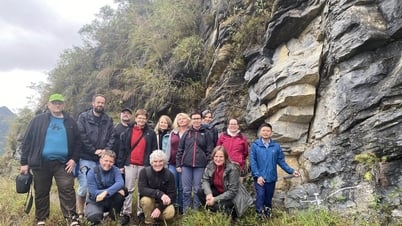

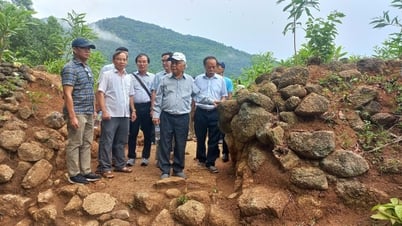
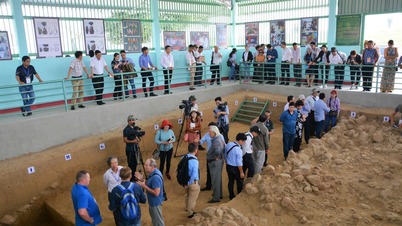

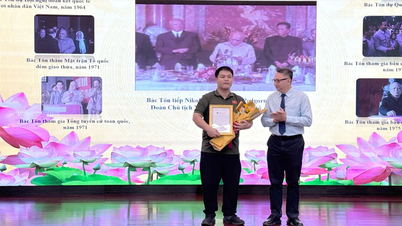





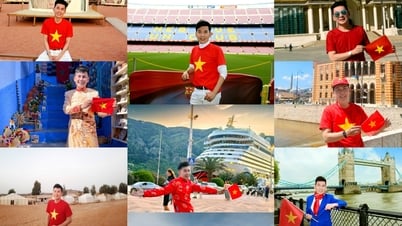
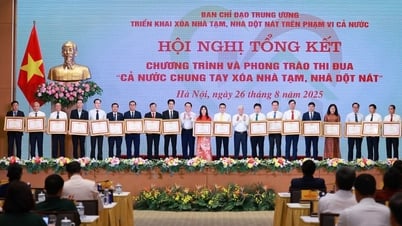

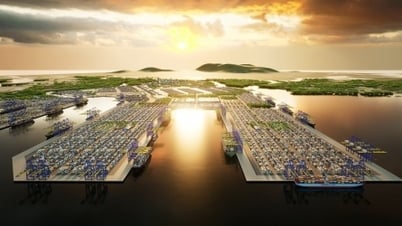
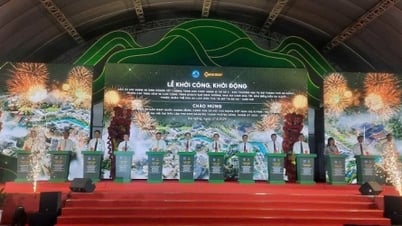
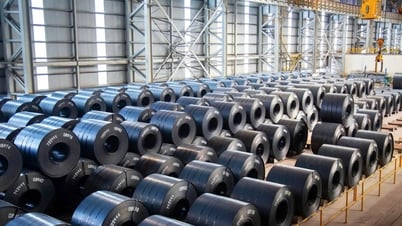









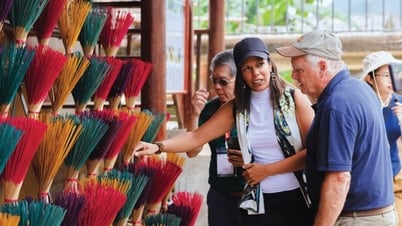



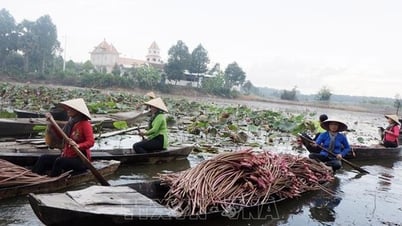
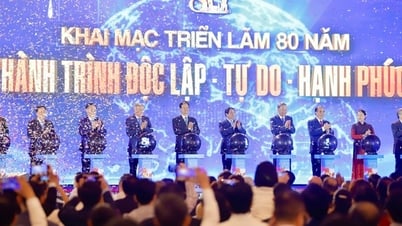
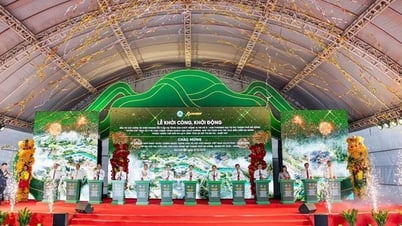


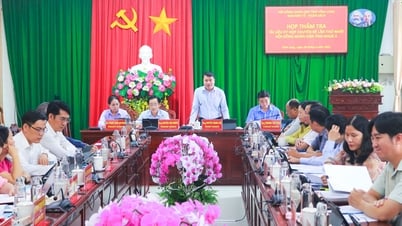

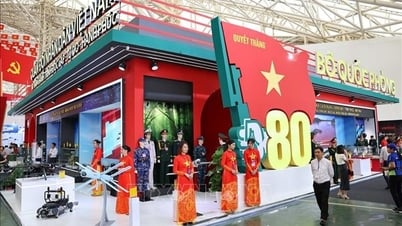



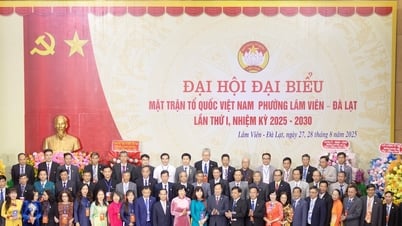

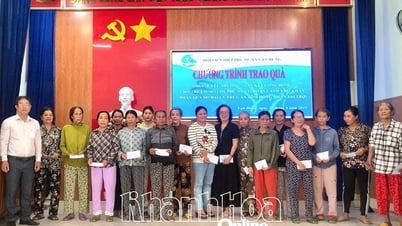

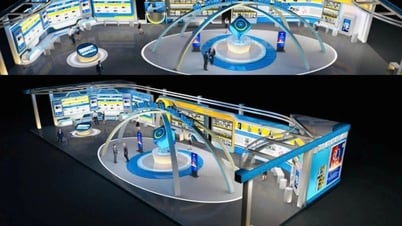
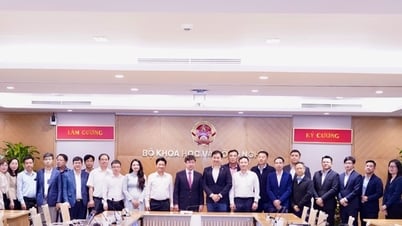




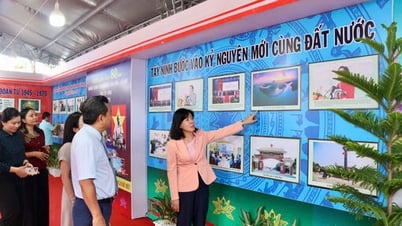






Comment (0)